Forced-Air Heaters
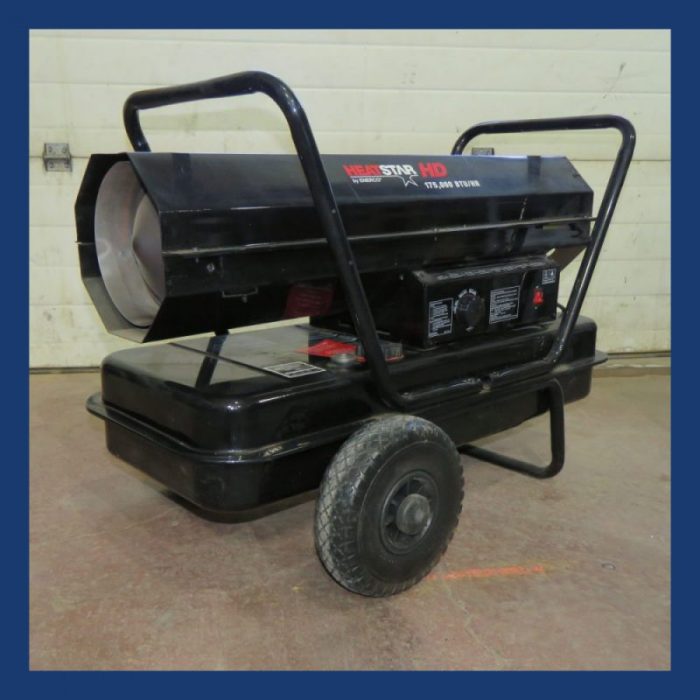
When working on a job site during the winter months, a forced-air heater is a great way to keep yourself and your equipment warm. Here are some tips and tricks to ensure that you select the correct heater for the jobs and how best to maintain it.
Picking the Right Heater
When it comes to deciding on what size of heater is best for you, it’s important to keep in mind how big of an area you are trying to keep warm. The main way to tell how powerful a heater can be is by looking at its BTU output. BTU stands for British Thermal Unit and measures how much energy it takes to heat up a pound of water. When it comes to heaters, they use BTUs to describe how much output the unit has when it comes to heat.
A higher BTU heater is able to generate more heat and is better for a bigger area. For example, the Heatstar 75,000 BTU forced-air heater is capable of heating up an area up to 1,750 square feet while the Heatstar 175,000 BTU forced-air heater can heat up an area up to 4,250 square feet.
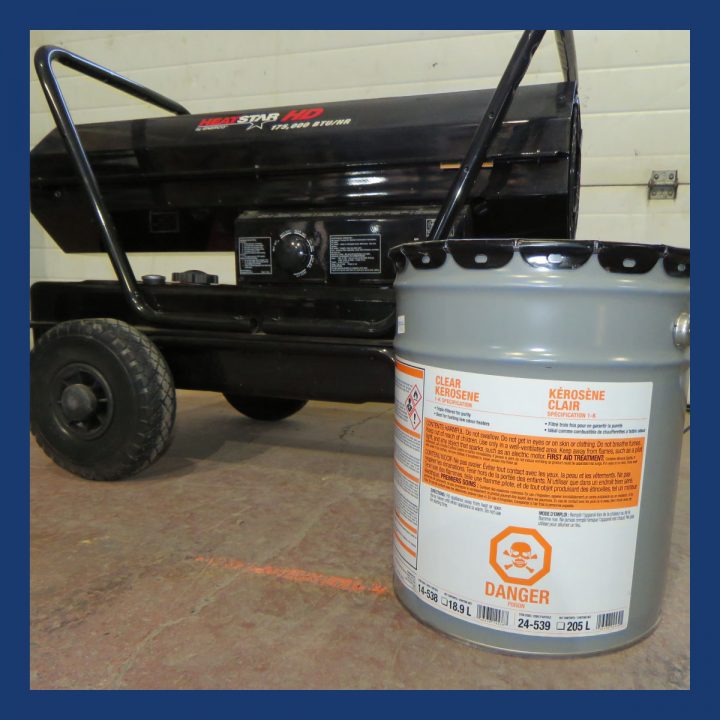
Fuel Choice
Most forced-air heaters are able to use multiple types of fuel. The most common types are diesel, kerosene, and jet fuel. We recommend using kerosene as this fuel source is more readily available than jet fuel and will help make your unit last longer than when compared to diesel.
Troubleshooting
Here are some common issues people may have with their forced-air heater that are actually quite easy to fix:
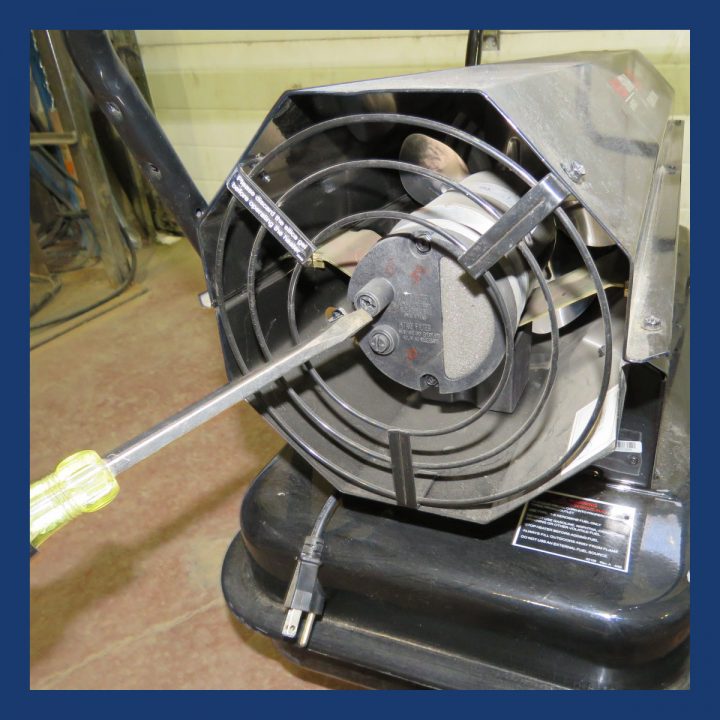
Shooting flames: while running your heater, it is possible for flames to shoot out of the front. This poses a fire risk and is not how the machine is supposed to run. A possible reason for this is that the air intake is too open. You can easily adjust the air intake on the back of most units using a flat-head screwdriver
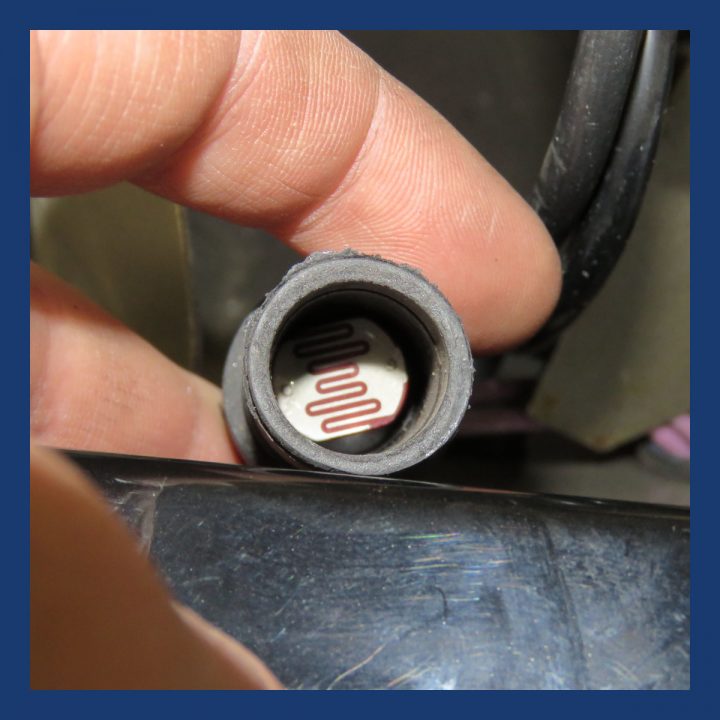
Unit ignites but won’t stay on: if you find that your unit only stays on for a couple of seconds, it is possible that your flame sensor is dirty. This is very common when using diesel instead of kerosene. While the unit is off and unplugged, you can clean the flame sensor with a rag and it should return to normal.
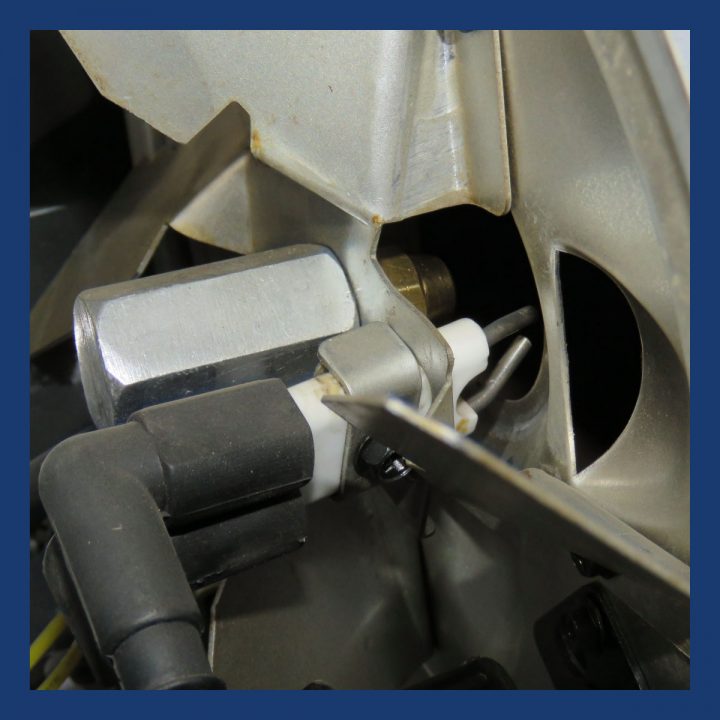
Fuel is pumping but won’t ignite: if you find that a flame won’t spark in your unit and there is fuel coming out of the front, then there is a good chance your ignitor is burnt out. This is an easy part to fix and available at most stores.
To purchase a heater, heater accessories, or heater parts make sure to stop by your local Northern Metalic.




